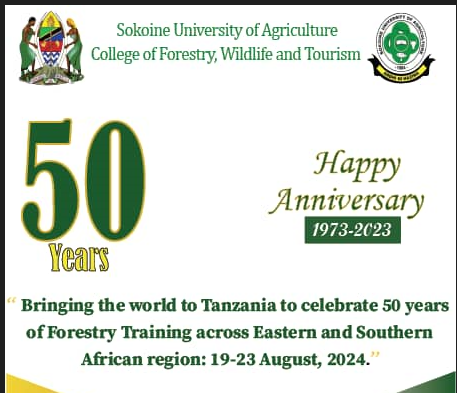Authors: Alfan A. Rija, Rob Critchlow, Chris D. Thomas, Colin M. Beale
Published: August 21, 2020
https://doi.org/10.1371/journal.pone.0227163
Abstract
Illegal hunting is a persistent problem in many protected areas, but an overview of the extent of this problem and its impact on wildlife is lacking. We reviewed 40 years (1980–2020) of global research to examine the spatial distribution of research and socio-ecological factors influencing population decline within protected areas under illegal hunting pressure. From 81 papers reporting 988 species/site combinations, 294 mammal species were reported to have been illegally hunted from 155 protected areas across 48 countries. Research in illegal hunting has increased substantially during the review period and showed biases towards strictly protected areas and the African continent. Population declines were most frequent in countries with a low human development index, particularly in strict protected areas and for species with a body mass over 100 kg. Our results provide evidence that illegal hunting is most likely to cause declines of large-bodied species in protected areas of resource-poor countries regardless of protected area conservation status. Given the growing pressures of illegal hunting, increased investments in people’s development and additional conservation efforts such as improving anti-poaching strategies and conservation resources in terms of improving funding and personnel directed at this problem are a growing priority.
For more information please visit: PLOS ONE
Citation:
Rija, A., Critchlow, R., Thomas, C., & Beale, C. (2020). Global extent and drivers of mammal population declines in protected areas under illegal hunting pressure. PLOS ONE 15(8). (https://doi.org/10.1371/journal.pone.0227163)
Relevant story



